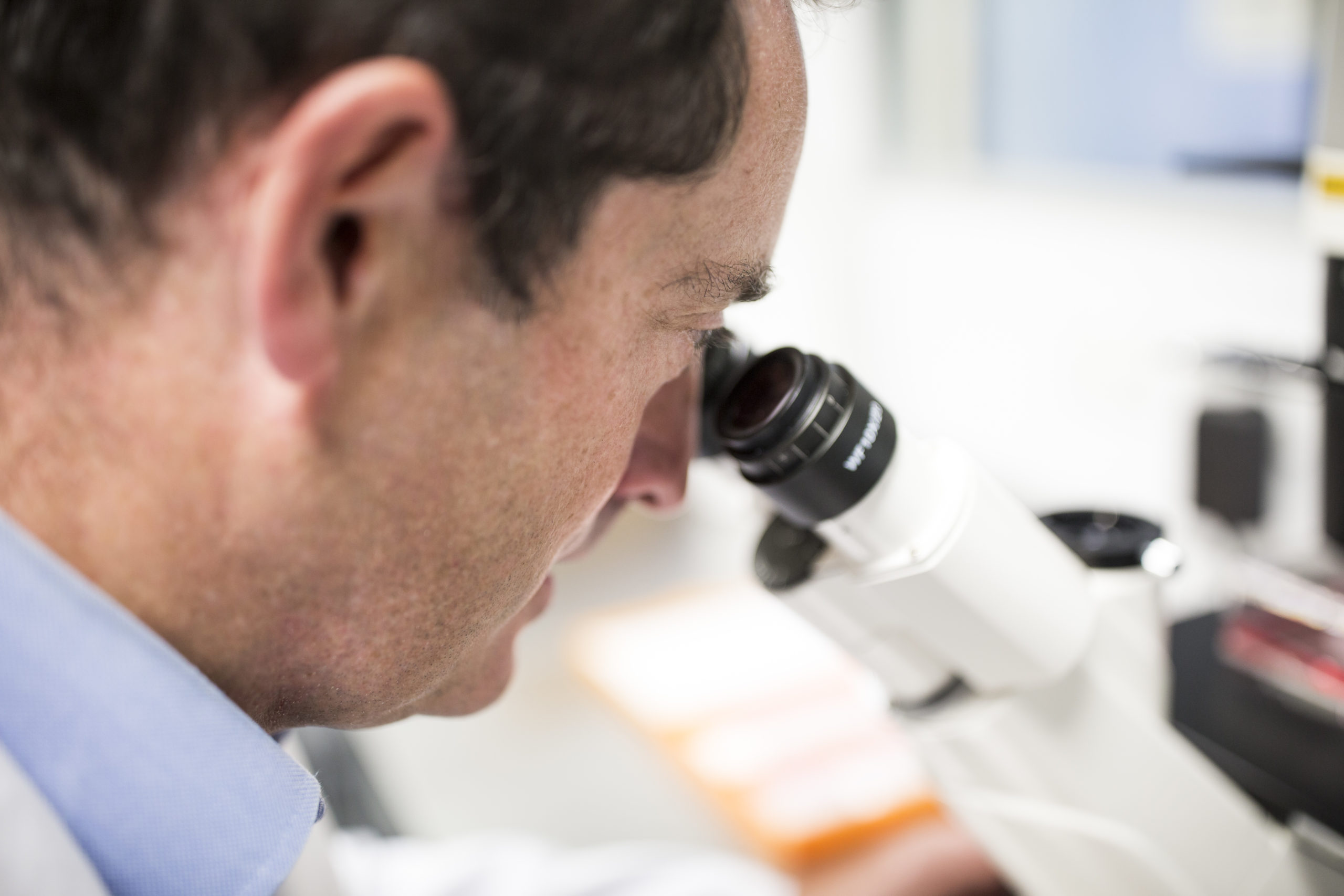NEWS
Gene therapy hope in treating glaucoma
Professor Keith Martin has led a research team which used gene therapy to regenerate damaged optic nerve fibres, in a discovery that could help treat glaucoma.
Results of gene therapy research released in 2020 have raised hopes of new glaucoma treatments that could repair optic nerve damage.
About the study
The pre-clinical study, led by Professor Keith Martin from the Centre for Eye Research Australia and University of Melbourne and Dr Richard Eva, Dr Veselina Petrova and Professor James Fawcett from the John van Geest Centre for Brain Repair at the University of Cambridge, was published in Nature Communications.
Professor Martin says the findings bring hope of future treatments which could repair the nerve damage that causes blindness in glaucoma and potentially even restore sight.
Around 60 million people worldwide have glaucoma, a disease caused by progressive damage to the optic nerve, which transfers visual information from the eye to the brain.
Conventional treatments focus on reducing eye pressure to prevent optic nerve damage, but they do not work for about 15 per cent of patients and there is currently no way to repair damaged nerve cells.

Powerful techniques
Professor Martin says the results of the study are promising.
“What we’ve seen is the strongest regeneration of any technique we’ve used before,” he says.
The team tested whether a gene responsible for producing a protein known as protrudin could stimulate the regeneration of nerve cells and stop them from dying.
They used a cell culture system to grow brain cells in the lab and then injured them using a laser, before introducing a gene to increase the amount of protrudin in the cells, vastly increasing their ability to repair.
Tests of eye and optic nerve cells found the protein enabled significant regeneration weeks after a crush injury to the optic nerve.
The research demonstrated almost complete protection of nerve cells from a mouse retina growing in cell culture, a technique which would usually be expected to result in extensive cell death.
Continuing collaboration
The international team is continuing its collaboration in Melbourne and Cambridge.
Professor Martin says next steps are to explore the ability of protrudin to protect and regenerate human retinal cells.
Ultimately, they hope to test the technique in clinical trials although that is still several years away.
The research was supported in the UK by The Medical Research Council, Fight for Sight, The Bill and Melinda Gates Foundation, Cambridge Eye Trust and National Eye Research Council.
*This story first appeared in the CERA Annual Review for 2020.
